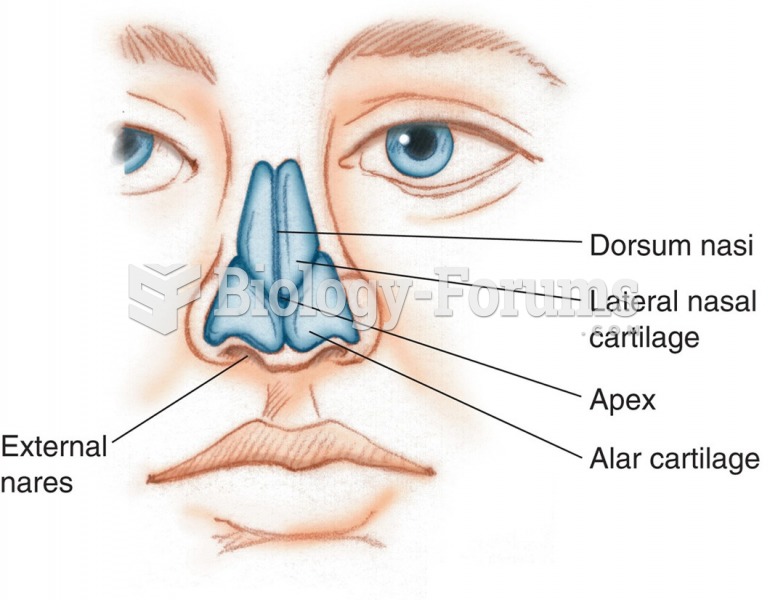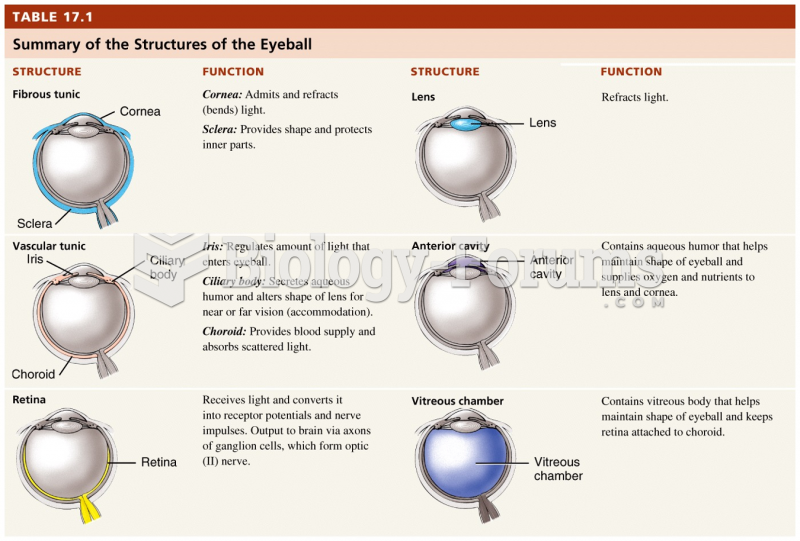Answer to Question 1
Feedback: A child's likelihood of experiencing poverty during the formative years is partially determined by the type of family he or she lives in. U.S. child poverty rates are often linked to the surge in families headed by single women. Today, about 35 of all U.S. children live in single-parent families. In addition, there are many low-income, two-parent families with children. Young parents, whether married or single, are especially vulnerable to poverty because they have less job experience and can lose their jobs during economic downturns. Children and adolescents are strongly influenced by the economic resources available to their families and the esteem their family members receive from others. The greater the family's economic resources, the better the chance they have to live past infancy, to be in good health, to receive a good education, to have a satisfying job, to avoid being labeled a criminal, to avoid death in war, and to live the good life. Millions of the nation's children are denied these advantages because they were born to parents who are unemployed, stuck in the lower tier of the segmented labor-market, or victims of institutional racism or sexism.
Answer to Question 2
Feedback: Jobs impose different constraints on families, such as the amount of time spent working and the scheduling of work, which determine the amount of time workers can spend with their families. In addition, work has psychological costs and benefits that influence family interaction. Workfamily interference is the way the connections between jobs and family life may be a source of tension for workers and family members. Spillover is the transfer of moods, feelings, and behavior between work and family settings. Researchers find that work-to-family spillover is more negative than family-to-work spillover. Spillover appears to be a gendered phenomenon, with men's work stress more likely to affect their family life and women's family stress more likely to affect their work life. The gendered and uneven relationship of work and family reinforces traditional divisions of labor in both work and family. Employed wives generally have two jobswork and familywhereas employed husbands have only one. Gender is the deciding factor in who does this second shift work.







